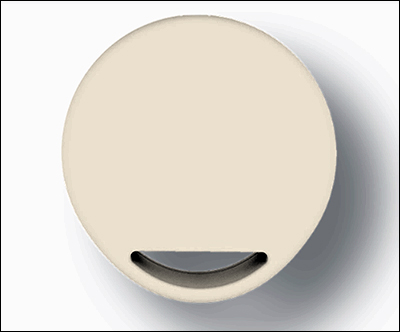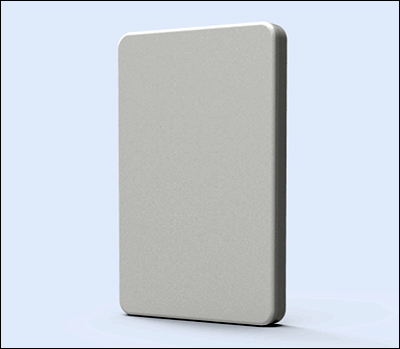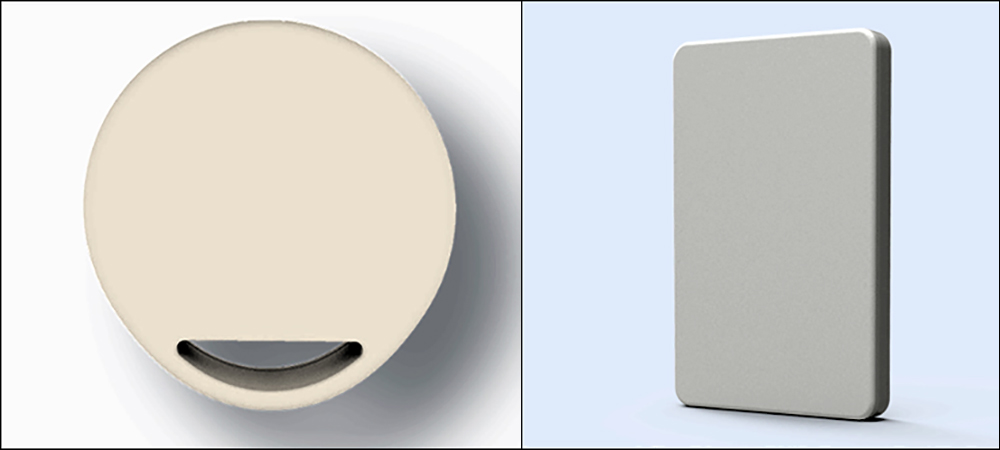RFID Journal LIVE! 2023 will feature end-user companies discussing RFID’s use in various industries, as well as exhibitors offering tagging solutions for multiple applications. To learn more, visit the event’s website.
- Making BLE IoT More Affordable
- Leveraging NanoBeacon Technology
- Tracking Assets, Inventory and Traffic
Internet of Things (IoT) technology company Minew has released a new Bluetooth Low Energy (BLE) tag priced low enough to make the tag disposable. The battery-powered tag, priced at $1 apiece, leverages system-on-chip (SoC) technology from InPlay. The companies have released two initial products: the T3 Disposable Tag for tracking individuals and the i6 Disposable Tag for monitoring assets or inventory.
Minew, a Chinese IoT solutions provider, was launched in 2007. The company offers BLE, ultra-wideband (UWB), LoRa, LTE-M and other IoT-based systems, such as electronic labels or tags and connectivity modules, along with sensors that are used by manufacturers. Its partner InPlay is a semiconductor firm based in California and China that makes IoT-based products.
The two companies recently collaborated to innovate a way to make BLE devices affordable enough for one-time use on products and assets, or for individuals such as conference and event visitors. Until now, BLE-based devices have typically been costly enough to be reusable, and thus have only been used in limited applications.
Making BLE IoT More Affordable
The companies’ goal was to create a device that would bring real-time location system (RTLS) functionality to lower-cost items. Traditionally, passive UHF RFID tags have offered an inexpensive option for the automated tracking of goods, such as item-level products, though such tags do not provide real-time data about their location. Instead, they require a power source in the form of interrogation from a nearby RFID reader.

The T3 Disposable Tag
One alternative technology is Wiliot‘s passive BLE tags, which can draw power from the environment using a solution from Energous, then transmit data to BLE-based devices such as smartphones (see Power-Free Mat Transmits Shelf-Stocking Data for Stores, Brands). BLE tracking devices enable the transmission of data using a low-cost battery and local-area mobile phones. Google offers a device known as a Grogu, which joins others like it, such as the Apple Air Tag, for tracking luggage in real time. These products, however, typically cost about $29 each and are not intended to be disposable. Minew and InPlay have taken a different approach.
The beacons are lower in cost, in part, because they require low power and can use a 3-volt CR lithium battery, according to Rosa Zeng, Minew’s marketing executive. That, she says, does not compromise transmission distance. The T3 Disposable Tag transmits beacon-based data at regular intervals and can typically transmit at a distance of up to 328 feet (100 meters). Measuring 31.1 millimeters by 30 millimeters by 5.5 millimeters (1.22 inches by 1.18 inches by 0.22 inch), it is intended for such use cases as tracking personnel, and its design enables it to be worn on a keychain or lanyard.
On the other hand, the i6 Disposable Tag has a thinner design, sized at 36.5 millimeters by 23.5 millimeters by 3.5 millimeters (1.44 inches by 0.93 inch by 0.14 inch). It has the same read range as the T3 but is designed to be attached to assets using double-sided tape. Additionally, the company reports, the T3 is round, making it easier to carry, whereas the i6 is rectangular so it can be more easily attached to containers, electronics or the packaging of retail items.
Leveraging NanoBeacon Technology
“Both the T3 and i6 tags offer similar performance benefits,” Zeng says, “such as long broadcast distance, battery life and reliable connection.” The tags are powered with a CR 3-volt lithium battery and can transmit data to any BLE beacons or gateways that support the standard Bluetooth protocol. Minew’s engineers designed, prototyped and tested the new products, which are built around InPlay’s system-on-chip technology.

The i6 Disposable Tag
Minew is producing, packaging and distributing the two tags, Zeng says. The company also sells solutions leveraging the new products. At the center of these devices is what InPlay calls its NanoBeacon technology. The company uses low-cost chips, Minew explains, while the SoC carries lower development costs since it does not require programming, which makes designing and manufacturing the products faster and less expensive. The two companies have declined to specify details about the engineering that enables these features.
The existing high cost of RTLS technology, says Eason Huang, Minew’s product manager, “is one of the considerable reasons why we chose to design these products.” Customers had been seeking a way to gain information about products, assets or individuals affordably, he explains. According to Zeng, several companies that are regular customers of Minew’s technology are currently testing the new tags.
For assets and inventory, the tags are being attached to products or containers to provide real-time data about those items’ locations within warehouses. The tags can be applied to the side of a carton, for instance, and they will then transmit their unique ID numbers at regular intervals. Data can be captured by dedicated beacons, gateways or mobile phones within the vicinity, to approximate each tag’s location and forward that data to a server. For instance, warehouse managers could view where products have been placed, enabling them to quickly locate those items for transport or ensure they do not go missing.
Tracking Assets, Inventory and Traffic
With regard to events, such as festivals or concerts, individuals can be provided with the T3 Disposable Tag after they buy a ticket and enter a venue. Their tag ID is then regularly transmitted so event managers can understand where they travel and congregate within a venue. This affords management a view into traffic and crowding, while ensuring that individuals enter only the zones for which they are authorized.
Similarly, tags provided to trade show or conference attendees could track their movements and enable them to access data based on their location, such as learning more about a company whose exhibit they have visited. “Due to their low-cost nature,” Huang explains, “these tags are well suited for mass personnel management and asset management.” In the short term, he adds, “I think they will be used in the exhibition and office scenarios first,” and for other applications in the longer term. Development work is still underway to offer more functionality, Huang reports.
One future use case Huang cites is connecting tags to sensors. The current versions of the tags transmit data only and cannot receive information, so they are not supported for connection to sensors. “It’s possible to add sensor features to tags in the future,” he says, as InPlay’s SoC has the capacity for both analog and digital interface sensors. Zeng says Minew is marketing the T3 and i6 Disposable Tags through different channels, including its own website, Minewstore, as well as social media and collaborative websites. Bulk orders are now available, priced at $1 apiece.
Key Takeaways
- New BLE devices from Minew, using a system-on-chip from InPlay Inc., are designed with NanoBeacon technology to enable a small size, low power consumption and a cost of about $1.
- The tags are designed so that companies can track goods or individuals inexpensively via real-time location technology.


